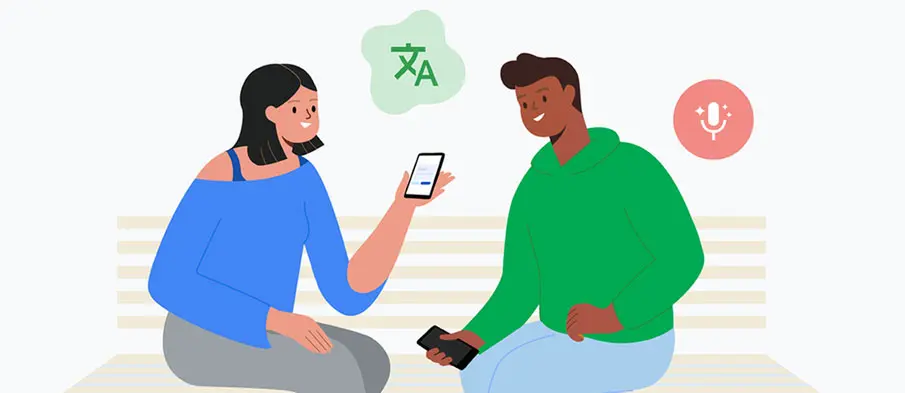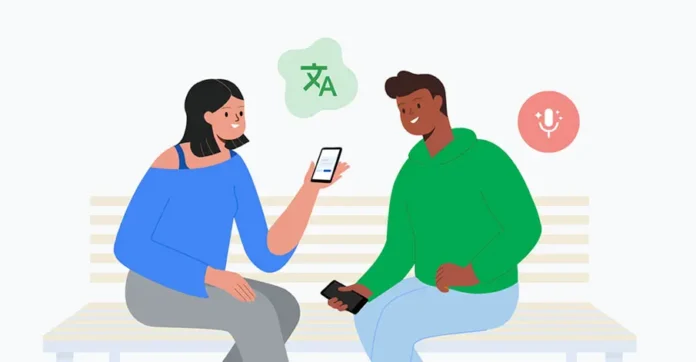
Google is expanding the capabilities of its Translate app, introducing AI-driven language learning tools that place it in direct competition with established platforms like Duolingo. With this update, users can now learn new languages directly within Google Translate, making the app not just a translation tool but also a personalized tutor.
The new feature works by allowing users to tap on a Practice button in the app. Learners can select their proficiency level—Basic, Intermediate, or Advanced—and then specify why they are learning the language. They may choose from pre-set scenarios or type their own. Based on these inputs, Google’s AI tailors a customized program to meet individual needs. Exercises include listening and speaking activities similar to those found on traditional language learning apps, but with a key difference: content is designed specifically around the user’s stated goals.
Currently, the feature is being rolled out in beta for Android and iOS users. For the initial launch, English speakers can learn Spanish and French, while speakers of French, Spanish, and Portuguese will have the option to practice English.
Alongside this, Google has also launched a new Live Translation feature that enables real-time conversations between speakers of different languages. Unlike the live translation on Pixel 10 devices, this tool doesn’t mimic the speaker’s tone and voice but focuses on clarity and speed. The app provides real-time audio translation with on-screen transcription, making it easier for two people to communicate naturally even if they don’t share a common language.
Google highlights that the AI behind Live Translation can isolate background noise, which makes the feature more reliable in crowded or noisy places such as airports. This functionality is currently available in over 70 languages, including Arabic, French, Hindi, Korean, Spanish, and Tamil, and is being rolled out to users in the US, India, and Mexico.
With these updates, Google Translate is evolving from a utility app into a full-fledged language platform, combining translation, conversational assistance, and AI-powered learning. By integrating personalized courses and real-time multilingual communication, Google aims to bridge gaps in global communication while challenging traditional language-learning platforms.





